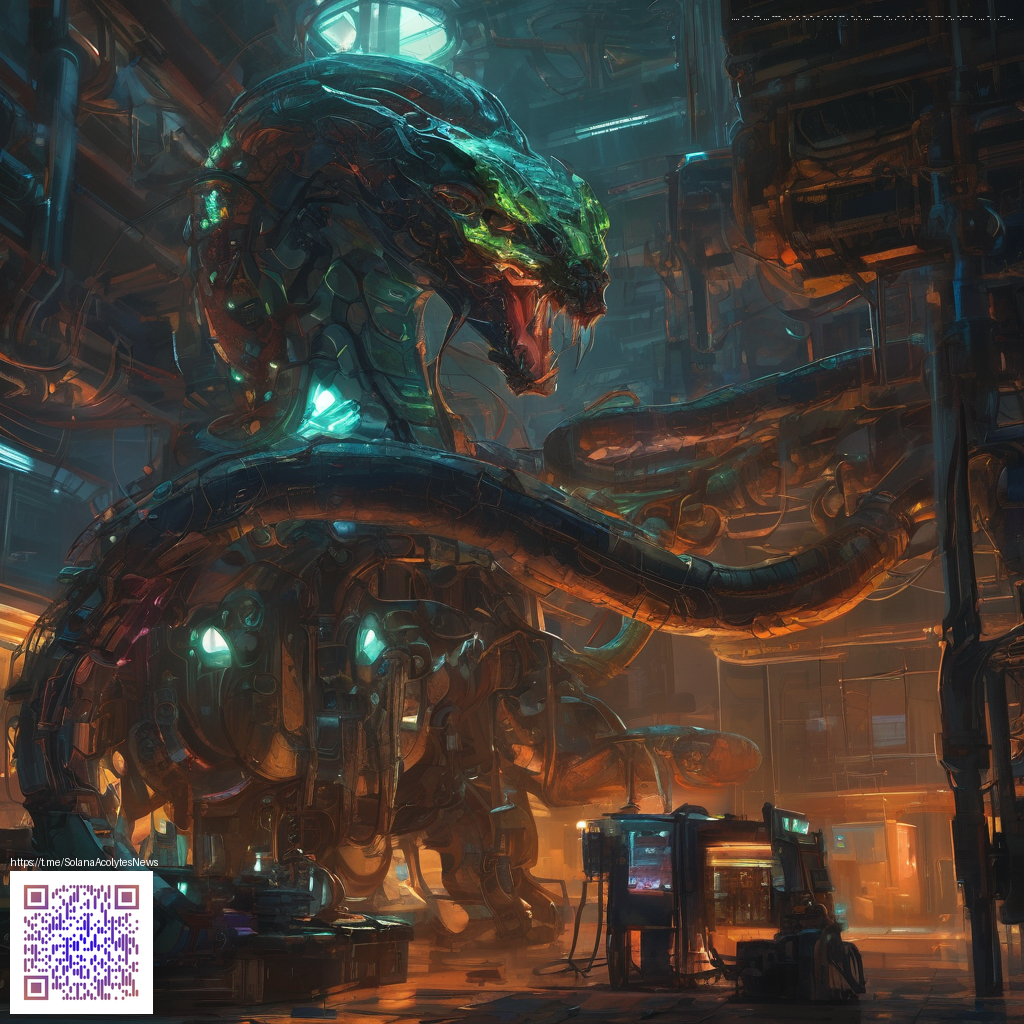
Setting the mood: exploring digital paper textures for moodboards
Moodboards are more than a collage of pretty images—they’re a tactile exploration of how texture, light, and color interact. When you introduce digital paper textures into the mix, you invite a sense of depth that can guide design decisions long before pixels meet screen. Think of textures as the narrative layer: they describe weight, atmosphere, and intention, even when you’re working with clean geometric shapes or minimalist typography.
Texture language: choosing the right digital paper textures
Digital paper textures come in a surprising variety, from subtle grain to bold corrugation. The goal is to select textures that support the story you want to tell. A board built around a rugged, glossy finish, for instance, can evoke durability and clarity—traits you might associate with a product like the Rugged Phone Case — Impact Resistant Glossy TPU Shell for inspiration. You can explore how such finishes catch light and suggest resilience in a single glance. To see a real-world example, you can check the product page here: Rugged Phone Case — Impact Resistant Glossy TPU Shell.
“Texture is the quiet voice of a moodboard—it speaks softly but carries a strong sense of place.”
When selecting textures, consider these guiding questions:
- What story do the textures tell about tactility or material quality?
- Do the textures support or contrast with your color palette?
- Are the textures cohesive across a grid or do they introduce intentional variation?
- How does the texture interact with type, white space, and imagery?
Layering strategy: building depth without clutter
Digital paper textures shine when used as layers behind content, not as distractions. A balanced moodboard uses layers to create a sense of depth and hierarchy. Start with a light, neutral texture as your base, then introduce mid-tone textures to establish zones for titles and images. Reserve bolder textures for accents—these can guide the eye toward focal points, such as headlines or product proofs. Remember, texture should enhance readability, not obscure it.
One practical approach is to organize moodboard elements into three tiers: a dominant texture layer, a supporting texture layer, and a texture for subtle highlighting. You can outline this approach with a simple palette of 3–4 complementary textures—perhaps a paper grain, a linen weave, and a subtle watercolor wash. By keeping the palette tight, you preserve cohesion while allowing each texture to contribute its own character.
Workflow tips: from gather to grid
Here’s a practical, repeatable workflow that keeps textures integrated and effective:
- Collect texture samples that reflect the intended mood—calm, energetic, rugged, or refined.
- Curate a color palette that harmonizes with the textures, using swatches that pick up the undertones of each texture.
- Arrange a grid that respects the hierarchy of content—titles and product shots should pop, while textures remain supportive.
- Experiment with blending modes and opacity to make textures read as part of the page rather than as separate overlays.
- Test readability by viewing on multiple devices; textures should feel tactile without compromising legibility.
For readers who want to ground their exploration in a tangible example, a reference page you can inspect is the one linked above. The page URL itself can serve as a spark for layout ideas, especially when you’re contemplating how texture plays with typography and imagery: https://cryptoacolytes.zero-static.xyz/2480a0d3.html.
Tools and practices: turning texture into design language
Digital design tools make it easy to simulate texture without printing a single sheet. Use layers, masks, and clipping paths to integrate texture with imagery. Typography benefits from texture as well; light textures behind bold headers can add depth while staying crisp. When you want to talk about texture in your case studies or case visuals, a quick caption helps viewers connect the feel with the function of the product or concept you’re presenting.
As you assemble your moodboard, consider how a real-world object with a tactile finish—like the rugged phone case mentioned earlier—can inform your texture choices. The narrative of durability, gloss, and resilience can translate into moodboard cues that feel both grounded and aspirational.